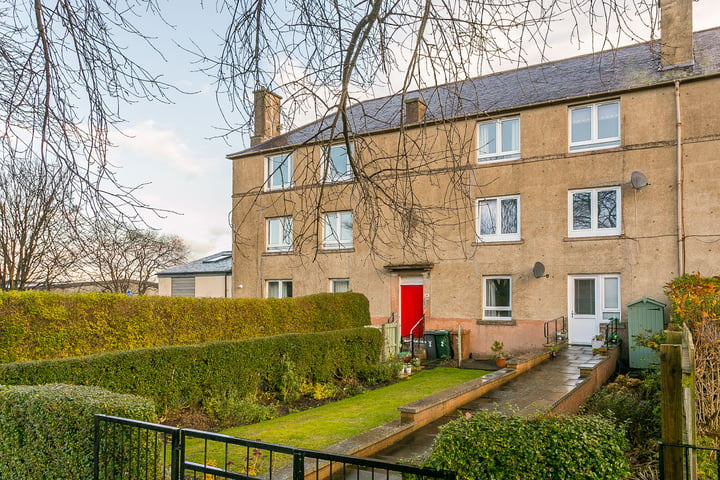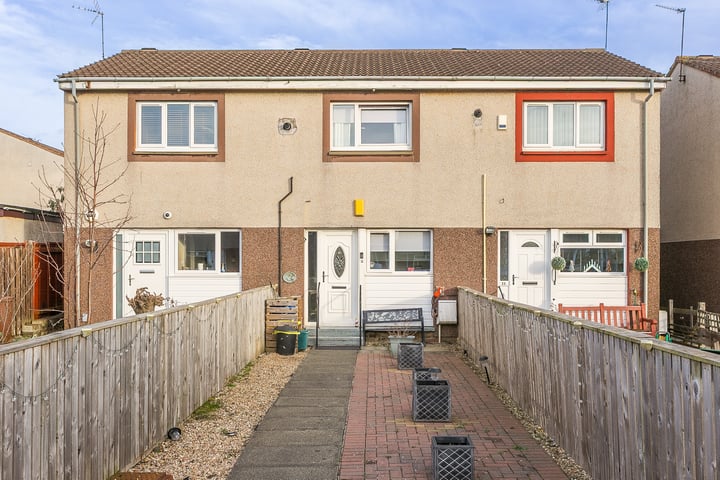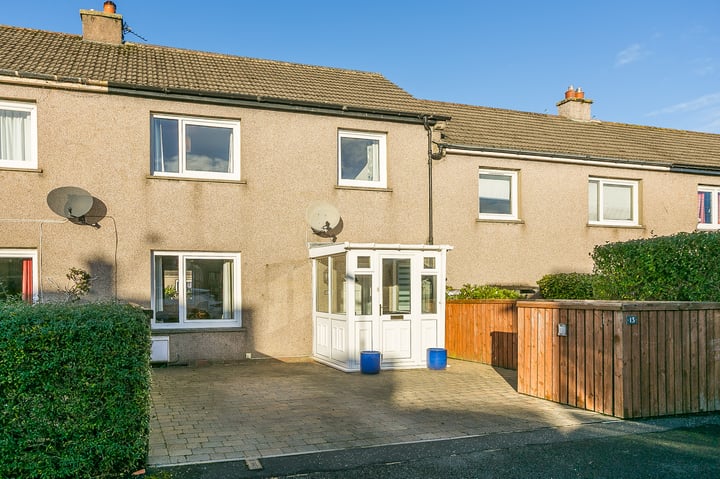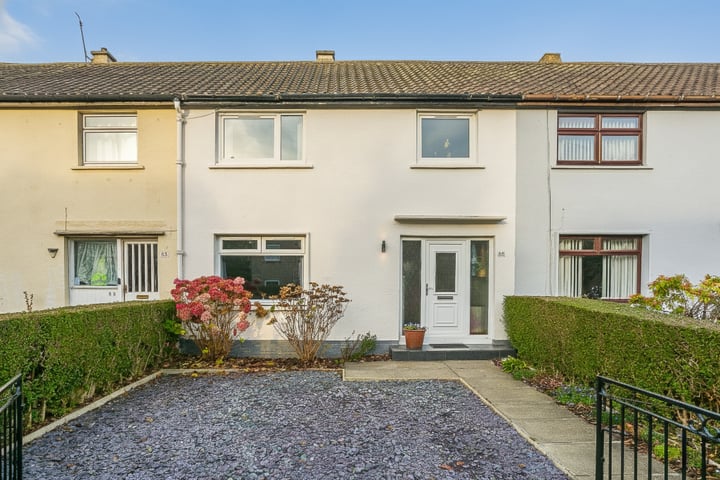There’s been no shortage of economic news this July both at home and abroad. The headlines in the early part of the month were dominated by events in Greece where, after prolonged and often fraught discussions, a Greek exit from the Euro was narrowly avoided. Hot on the heels of that we had the chancellor’s Summer Budget which had a few interesting nuggets for the housing market. Finally Mark Carney, the Governor of the Bank of England, gave a strong hint that interest rates could rise around the turn of the year.
Throughout all of this, activity in the local market has remained strong. At MOV8 we enjoyed our busiest month on record in June with over 150 properties going under offer during the month. July has seen that situation continue, with buyer demand at the highest level we’ve seen since the ‘credit crunch’ hit back in 2008.
While the number of homes changing hands has continued to rise, the rate of house price inflation in the local market has eased in recent months. In fact, the latest figures from ESPC show that between April and June, the average selling price of a property in Edinburgh was actually slightly lower than it was a year ago; a 1.0% annual drop bringing the average house price in the city to £221,877. That marks a significant shift from the sort of growth in house prices we saw earlier in the year, with annual inflation in excess of 10% having been recorded during the three previous periods.
What has led to the change? Well, in large part the rise in house prices early this year was fuelled by a shift in the mix of properties selling. Land & Buildings Transaction Tax (LBTT) replaced Stamp duty in Scotland from April this year. Under the new tax, buyers of more expensive homes pay a higher rate of tax, so prior to the introduction of LBTT we saw a rush of sales of larger properties. Naturally, with more larger properties selling, the average house price recorded across the city was inflated.
The mix of properties selling has since returned to more normal levels and as a result, we’re no longer seeing such steep increases being reported. There are certainly areas of the city where house prices are rising more quickly. In Stockbridge and Comely Bank, for example, the average price of a two-bedroom flat stood at £276,551 during the second quarter, up 10.0% on the same period last year.
By and large however, we aren’t seeing prices rising too sharply in the local market. Properties are generally selling quickly with the median selling time through MOV8 currently around four weeks. In most cases buyers are achieving a selling price that’s in line with or slightly above Home Report valuation, but at this point the supply of properties coming onto the market has just about kept pace with demand which has helped us avoid steep jumps in house values.
Across the UK
The Nationwide house price report for the second quarter of 2015 made interesting reading. Across the UK as a whole, the average house price rose by 4.1% annually. That marked a cooling in the rate of inflation from 5.9% during the previous quarter, and from 8.3% the quarter before that. The balance between supply and demand has evened out which is no bad thing if we’re thinking of the long-term health of the market. Large rises in house prices over a prolonged period of time ultimately only serve to price first-time buyers out of the market and make it harder for those looking to move up the property ladder.
Drilling down a little into the Nationwide figures we see that Northern Ireland is now experiencing the highest rate of annual inflation at 8.0%, overtaking London. The housing market in Northern Ireland was hit particularly hard by the economic downturn of course, with prices falling by around 50%, and house prices today still well below peak levels despite the recent upturn.
Rate Rise on the Horizon?
There was a strong indication from the Governor of the Bank of England that interest rates may rise early in 2016. The Bank Rate has been at its current, historically low level of 0.5% for six years now and talk of a rise may be of concern to homeowners on a variable rate mortgage.
The good news for anybody worried about an increase in their mortgage rate is that any increase is likely to be small, probably 0.25%, meaning that the impact on repayments will not be too substantial. Additionally, the Governor indicated interest rates should only rise slowly over the next three years and peak at around 2.5% which should go some way to allaying homeowners’ concerns.






Leave a Reply